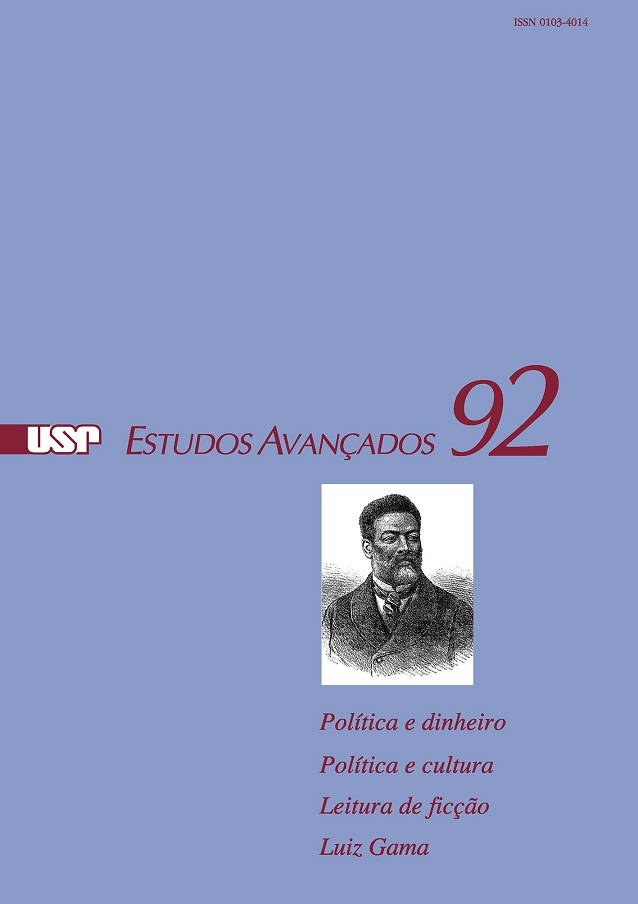Deforestation, degradation and violence in the “Gurupi Mosaic” – The most threatened region of Amazonia
Keywords:
Illegal deforestation, Forest fires, Secondary forests, Indigenous land, Gurupi Biological Reserve, Belém Endemism Area, Amazon forestAbstract
The "Gurupi Mosaic" is located between west Maranhão and east Pará states, in the Belém Endemism Area, which although being the most deforested region of the Amazonian biome in Brazil, preserves superlative biological and cultural diversity. The Mosaic includes six indigenous lands (Alto Turiaçu, Awá, Caru, Araribóia, Rio Pindaré, Alto Rio Guamá) and a conservation unit (Gurupi Biological Reserve). These protected areas conserve the region’s main forest remnants and guarantee the maintenance of essential ecosystem services. However, this region is under constant threats of deforestation and degradation by illegal logging and arson. Indigenous peoples living in the region are victims of the violence associated with such crimes. To promote the conservation and restoration of these areas, several indigenous and non-indigenous institutions have been working together to formalize the "Gurupi Mosaic" with the Ministry of the Environment. The proposal presented here includes the Mosaic and one ecological corridor in the state of Maranhão, which will connect the region’s last forest remnants through the restoration of the riparian forests along the main rivers. The conformation of the Mosaic aims to integrate efforts to protect territories, restore forests and strengthen indigenous culture and education. This could turn the most threatened region of Amazonia into an example of conservation and economic and social sustainability.Downloads
Download data is not yet available.
Downloads
Published
2018-04-01
Issue
Section
Texts
License
Estudos Avançados não celebra contrato de cessão de direitos autorais com seus colaboradores, razão pela qual não detém os direitos autorais dos artigos publicados. Os interessados em reproduzir artigos publicados na revista devem necessariamente obter o consentimento do autor e atribuir devidamente os créditos ao periódico.
How to Cite
Celentano, D., Miranda, M. V. C., Mendonça, E. N., Rousseau, G. X., Muniz, F. H., Loch, V. do C., Varga, I. van D., Freitas, L., Araújo, P., Narvaes, I. da S., Adami, M., Gomes, A. R., Rodrigues, J. C., Kahwage, C., Pinheiro, M., & Martins, M. B. (2018). Deforestation, degradation and violence in the “Gurupi Mosaic” – The most threatened region of Amazonia. Estudos Avançados, 32(92), 315-339. https://www.journals.usp.br/eav/article/view/146453


